Thoughts on the BioDynamic Preparations
By Dennis Klocek 10 min read
For even the most ardent supporters of Biodynamic agriculture understanding the BD preps is challenging.
For instance, it is difficult for a business owner to explain to a client why cow manure put in a cow horn is a soil amendment. That is one side. On the other side, practitioners themselves express difficulty seeing the effects of the preparations. The effects are subtle, and may seem to be an exercise in belief rather than a practical tool important in the context of a busy schedule.
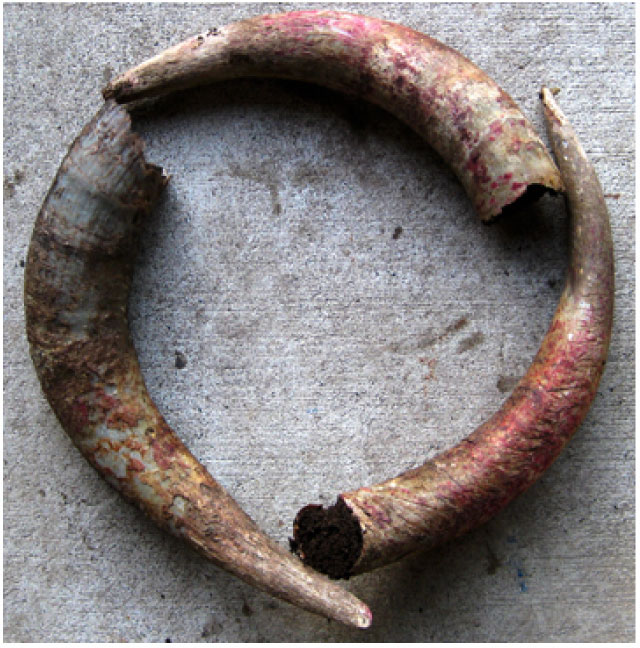
For these reasons and most likely several more there apparently is sentiment in Biodynamic circles to marginalize or even eliminate the BD preparations from Biodynamic practices. Perhaps this is understandable from these perspectives but it reveals a lack of insight into of the alchemical principles that Rudolf Steiner introduced in the ideas used to make the preparations.
The alchemical method of analogy that is used in the thinking around the preparations is not currently a common practice. However, current research in plant and animal physiology is revealing that more intuitive approaches may be important for future developments in agriculture.
As an illustration, what would have been a heretical concept fifteen years ago in genetics is currently becoming an accepted reality. That is the idea of horizontal gene transfer. Research shows that far from the accepted classical genetic transfer mechanism of splitting DNA in a cell nucleus, DNA transfer is remarkably fluid even among different species. It is estimated that 8% of the human genome actually comes from the capacity of a virus to sense proteins in membranes. This is the primary way of life for viruses.
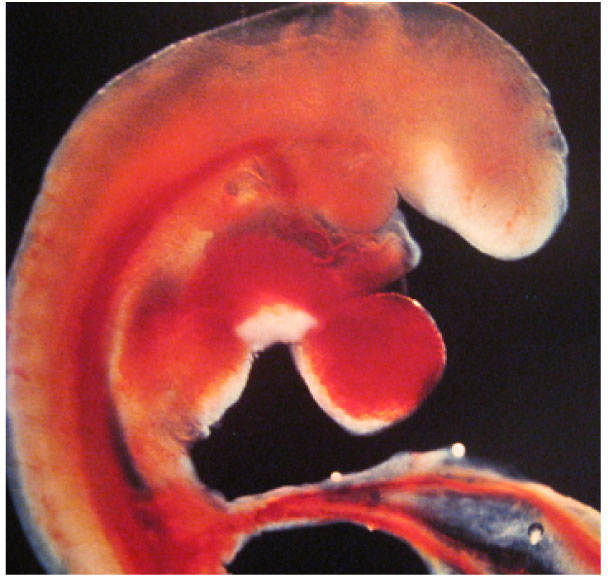
The specific section of the genetic code that accompanies this capacity in viruses appears in the human genome linked to the ability of the zygote to sense membrane perfusion at the time of implantation in the uterus in the first week of life. Researchers recognize this unique DNA code section from viruses in the human genome. This seems strange, but stranger still is the method for virus DNA to perfuse human DNA by induction through what is known as random touching.
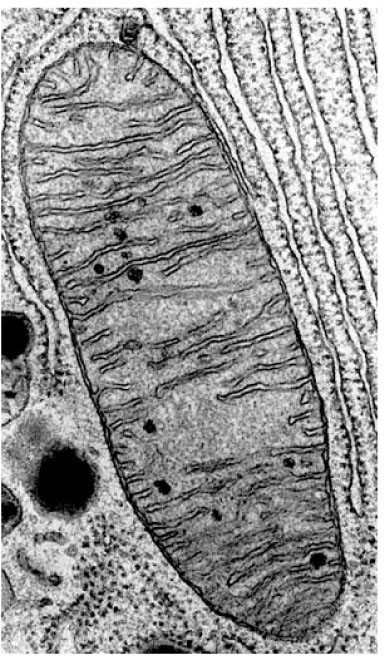
Random touching is the cellular incorporation of genetic fragments of bacteria or viruses simply by being touched by them. A touch transfers genetic material of not only cell nuclei but even pieces of mitochondria in the cytoplasm. This frequent random exchange is contrary to classical genetics. These kinds of things signal a shift in life science that can shine light on the entourage effects in medicinal plants.
Plant physiologists have long held the view that the production of medicinal substances in plants requires specific sequences of hormones and enzymes. A huge industry of mapping and synthesizing these sequences is based on the idea that unique precursors permit the next precursor in the sequence to linearly move a reaction towards a specific target. Without the precursor there is no effect.
However, researchers now recognized that enzymes lacking a particular precursor can often utilize other substances to complete a reaction. The ability of enzymes to select alternative partnering in the formation of a sequence is known as enzyme promiscuity. This was a heretical idea until very recently.
Likewise, in the realm of plant hormones it was long thought that a particular hormone dominated a particular organ in a plant. The dominance was seen as fixed. It is now recognized that hormone crosstalk is active between complementary hormones even in minute areas of growth and chemical transformation in the plant cell. The dynamic between two opposite hormones stays intact in living entities down to scales that, in a petri dish, would soon neutralize them to an inert state.
Among herbalists it is now recognized that “crude extracts” of whole herbs are more effective than isolates of an “active ingredient”. In industry an “active ingredient” in an herb is typically isolated and then synthesized. The use of single, synthetic substances is proving to be less effective than administering whole herb extracts.
Research done on whole herbs rather than isolates shows that an entourage of ingredients in a whole extraction is often more effective. It is now thought that the dynamic of synergistic interaction is actually the most “active ingredient”. New approaches to medicines using entourage effects can be developed through a principle known to alchemists as the method of analogy.
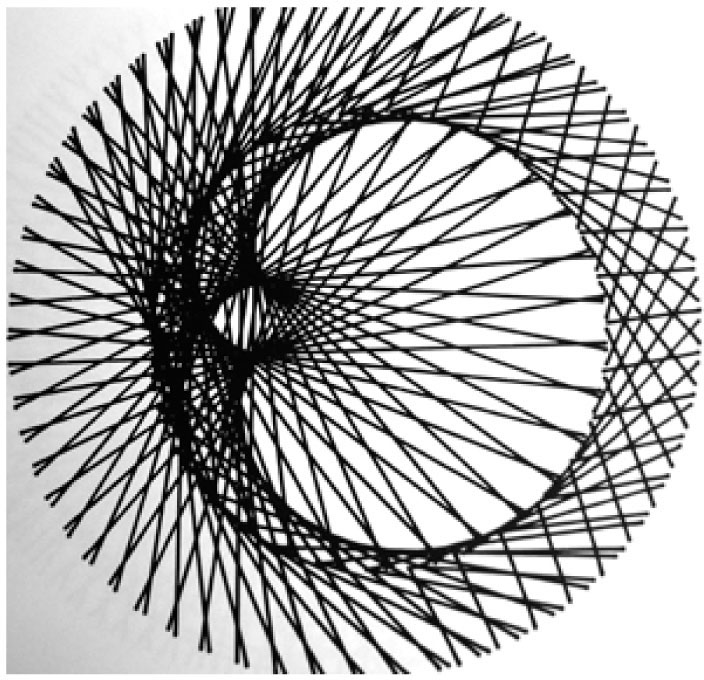
The image shows an analog image of the orbit of Mars seen from Earth over a four year period. It is an analog image of a sequence of precise movements between these two planets. In the practice of the method of analogy, precise sequences of changing forms are inwardly visualized as form scripts. With practice, inwardly visualized form scripts produce insights into the life forces that create the forms.
This method is used to gain access to the creative keyboard of formative forces used by the invisible field of spiritual archetypes. This requires that nature be seen as a field of form created by spiritual potentials rather than an input/output system.
Today, a more spiritual view of nature has dimmed into dry practicality. Ancestral vitality of inwardly imagined forms became fixed through experiment into reductionist chemistry. Why this happened can be understood by the old doctrine of signatures where, if a plant looked like a liver, it was a medicine for the liver. Through this simplistic approach the true potential for the method of analogy of the alchemists necessarily fell into disrepute.
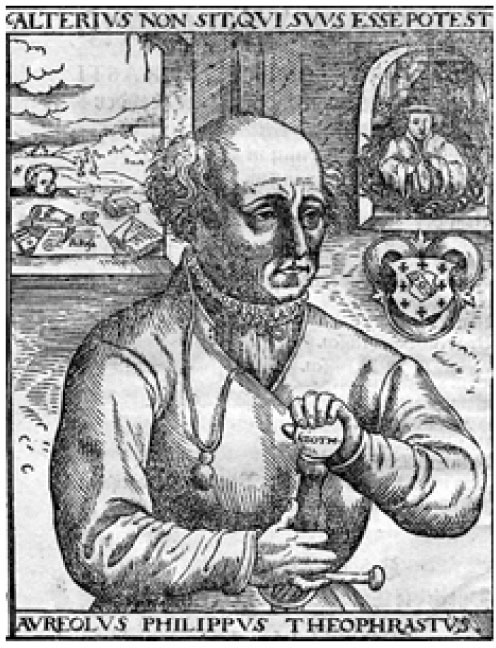
In contrast to the doctrine of signatures, the great alchemist Paracelsus used the method of analogy in a different way to systematically link formative forces in plants and minerals to alchemical laboratory practice. His signature method is known as spagyrics. The spagyric method requires that an entity (mineral, plant, animal) be taken apart through specific laboratory sequences, then recombined.
In plants, the different oils, vinegars and alcoholic extracts are separated and purified then brought together again with their activity working at a higher level. In contrast to reductionist synthetic methods, alchemical lab work keeps intact the life processes of the original entity even when separated. These processes are a divine template or imagination that serves to form the mineral, plant or animal substance.
The purpose of the exact imagining practice is to identify analogs in natural phenomena that are resonant to the alchemical laboratory practices. In designing the Biodynamic preparations Rudolf Steiner used the spagyric principle at a much higher level than Paracelsus. This vision should guide future Biodynamic research.
Take for instance the combination of the cow horn and ground silica that compose preparation #501. This preparation unites the molecular process patterns that form a mineral and an animal. That is a very high spagyric method.
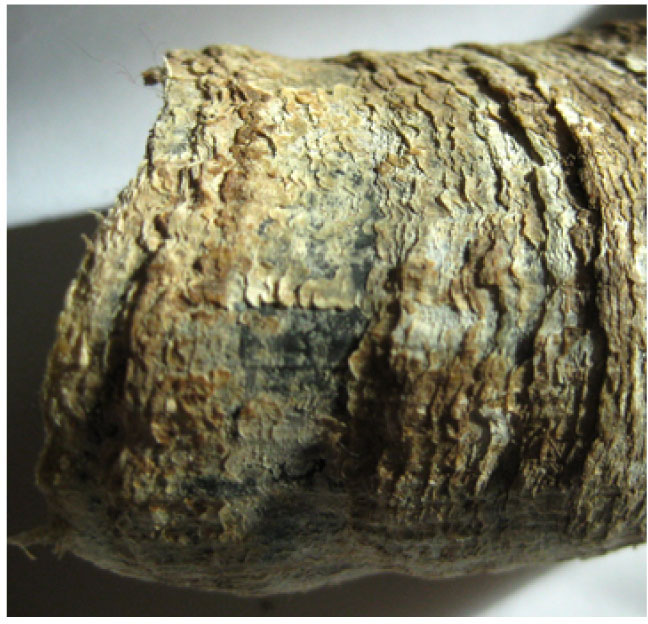
At first glance, a cow horn and a crystal have little in common in their outer form or in their actual chemistry. In preparation #501 it is the formative processes of how the crystal and horn both come into being that are analogous to each other. The similarity is not about the substances themselves. The substances are from two different realms but the formative patterns between them have great resonance.
Analogous relationships are best seen in shared dynamic sequencing patterns where different sciences like geology, embryology and plant study can have resonant formative patterns. Analogs between plant families and mineral transport in plant chemistry become more understandable when comparing resonant forms between the molecular patterns of minerals to the plant forms that result from the utilization of those minerals in sap.
Goethe would have said resonant similarities of form were an “open secret” of a common line of “becoming” out of spiritual potentials. The horn and crystal have analogous lines of “becoming” molecularly. Both of them form molecules of the native substance that are geometrically laid down layer upon layer to build up the finished structure. Further, the molecular patterning in both is in the form of molecules that give rise to hexagons. In the horn the final substance is the protein keratin and in the crystal the final substance is silica.
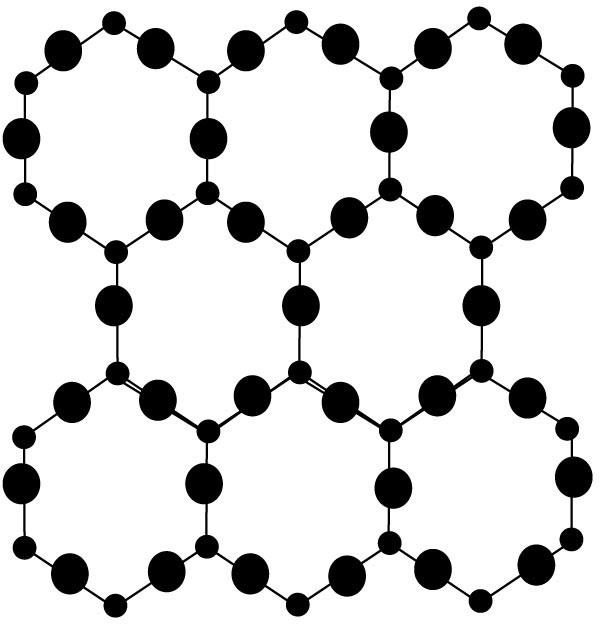
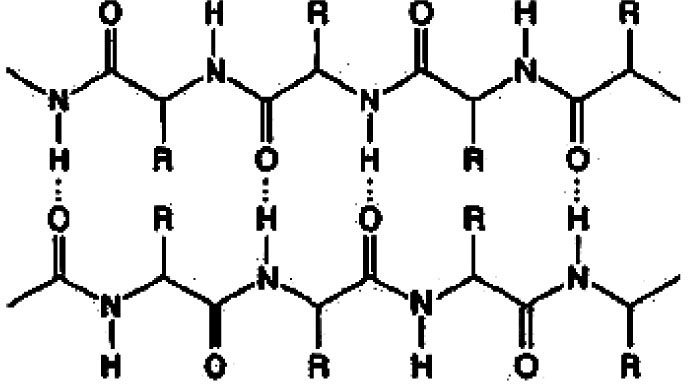
Both keratin and silica form molecular strands in layers. The inner formative principle is remarkably analogous between the mineral crystallization process and the protein formation process. Molecular geometric plane structures create both the crystal and the horn. The gradual development of columns of molecular geometric planes gives these forms the capacity to to act as amplifiers for energies passing through the form. Those energies being sunlight in the horn and electricity in the crystal.

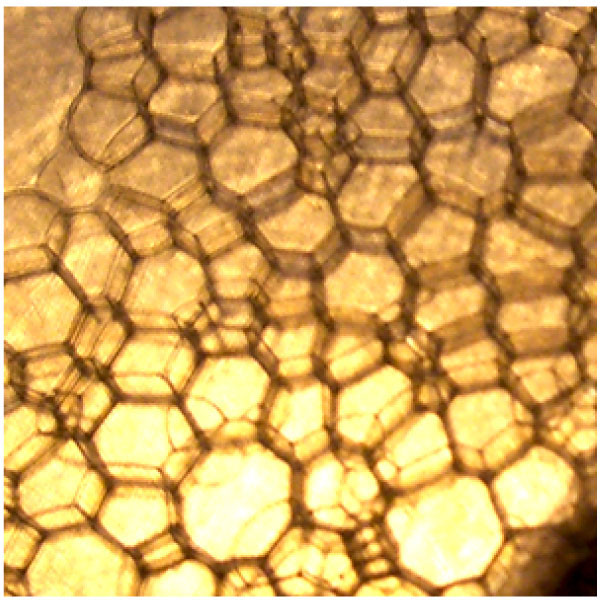
The horn and the crystal have similar “becomings” in the invisible world. They are both a kind of “foam” structure. The molecule of silica is resonant to the foam structure in the bottom of a sink. Similar forces can often result in different substances based on what is moving through the “foam”. “Foam” accurately describes common cellular structures in a ripening peach, a piece of granite or a person.
Many formal analogs between plant, mineral and animal lines of “becomings” are present in the world. Reading this script is the esoteric root of BioDynamic practices. The key is that it is not just the substantial forms of plant and animal organs that are analogous. Resonant patterns in the energetic field of forms become fixed into resonant substantial forms. Resonant form analogs between the molecular level and the macro level in minerals, plants and animals are abundant. Here we can return to the changes taking place in the present life sciences.
Today, when enzymes choose alternate molecular patterns, or hormones crosstalk without neutralization in plant meristems, or DNA is transferred from a virus to a human by a touch, the universe is revealing that dynamics are as powerful as substance. These shifting interactions are part of the dynamic formative language of analogs that Paracelsus, Goethe and Steiner used as their fundamental research principle. That approach has significant potential for future research in life science.
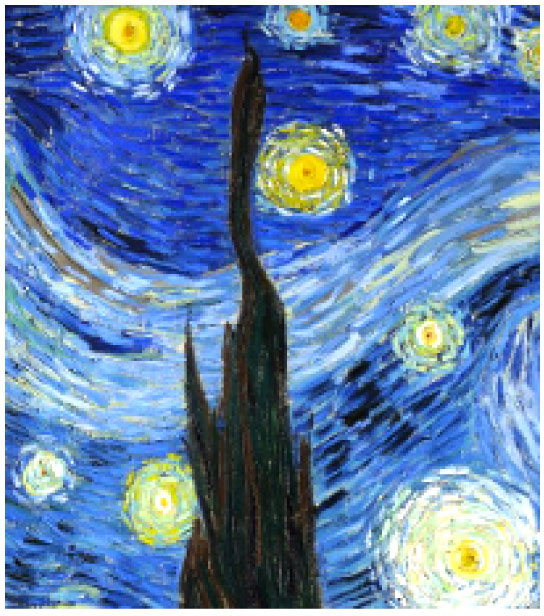
It may be that BioDynamics is poised to go onto the world stage economically if current interests in making BD products fall in line with corporate taste continues. If BioDynamics becomes an economic star then that is good for finances.
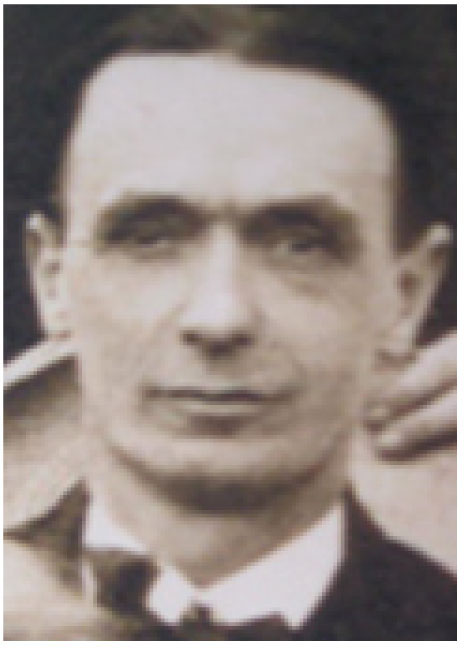
However, if omitting the preparations is a necessary part of an economic inroad then the Biodynamic work will lose its research impetus and will become just another organic commodity in a sea of organic commodities. Eventually the loss of the research principles Rudolf Steiner employed in the preparations will impoverish the future of BioDynamics. The cosmic/spiritual perspective of BioDynamics found in the principles behind the BD preparations is the true source of continued vigor of the work.
Given that, perhaps the most important aspect of the BD preparations is not the actual preparations themselves, but the powerful research principles that are in line with an emerging scientific outlook. Mainstream science is evolving towards a more DYNAMIC research mode. Research principles implicit in the Bio- DYNAMIC preparations can point the way to creative solutions for producing food and medicines. Spiritual research in nature is omitted at great peril to the future growth of the Biodynamic movement.
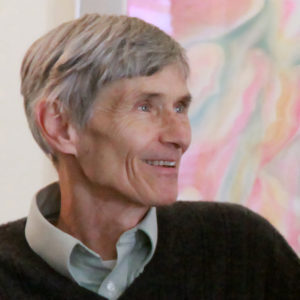
Dennis Klocek
Dennis Klocek, MFA, is co-founder of the Coros Institute, an internationally renowned lecturer, and teacher. He is the author of nine books, including the newly released Colors of the Soul; Esoteric Physiology and also Sacred Agriculture: The Alchemy of Biodynamics. He regularly shares his alchemical, spiritual, and scientific insights at soilsoulandspirit.com.
2 Comments
Leave a Comment
Similar Writings
Amethyst Spray
In the summer of 1993 an experiment was undertaken to see if the potentization of the gem amethyst would have an effect upon plant growth in the climatic niche of the central valley of California. The goal was to see if a variation of the 501 spray could be made which would provide a more…
Creating a “Maturing” plant spray for cool weather veggies like lettuce, leeks and cabbage
Creating the Parsley Extract for the “maturing” spray.
Thanks for your honest opinion regarding the new trend in the Biodynamic scene. Not using the preparations in our work with the land may discourage many who have commited to support Demeter certification. I wonder why in order to bring more people or ‘buyers’ to the scene it will be necessary to sacrifice such a pivotal fundamental of our work? Just when I think one was beggining to grasp a little more on the alchemy behind the preps…
One more thing regarding the previous comment, if I may. This is taken from a biography from one of the pioneers of biodynamic agriculture;
” Beside Dr. Wachsmuth and Ernst Stegemann, I was one of the three to whom Rudolf Steiner gave first agricultural indications in 1921. I felt obligated not only to accept them at face value, but also to investigate and to advance them further, without ever standing still. I wanted to reamain open-minded and to substanctiate these indications scientifically. This is what my conscience has been telling me to do, because I cannot hold any dogmatic views, but have to examine my findings critically.
I do not believe in speculation, only in clear understanding out of the consciousness soul. The laws of the spirit realm are as dfinite as those of nature. This is what we all have to understand.
The only way in which we can prove our gratitude to Dr. Steiner is by doing something and carrying his work further. Mere theories about cosmic forces are just as insufficient as any atomic theories are. I am sorry I had to say this”
* It was especially important for agriculturists at that time to refrain from dogmatic interpretations of Dr. Steiner’s indications, because he had died unexpectedly early and soon after the Agricultural Course, which prevented the possibility of asking questions or clearing up misunderstandings which had arisen, partly due to incorrect lecture notes.
Ehrenfried Pfeiffer. Pionier Spiritueller Forschung und Praxis Begegnungen und Briefwechsel- Ein Beitrag zu seiner Biographie by Philosophisch-Antroposophischer Verlaga Am Goetheanum, Dornach 1987.